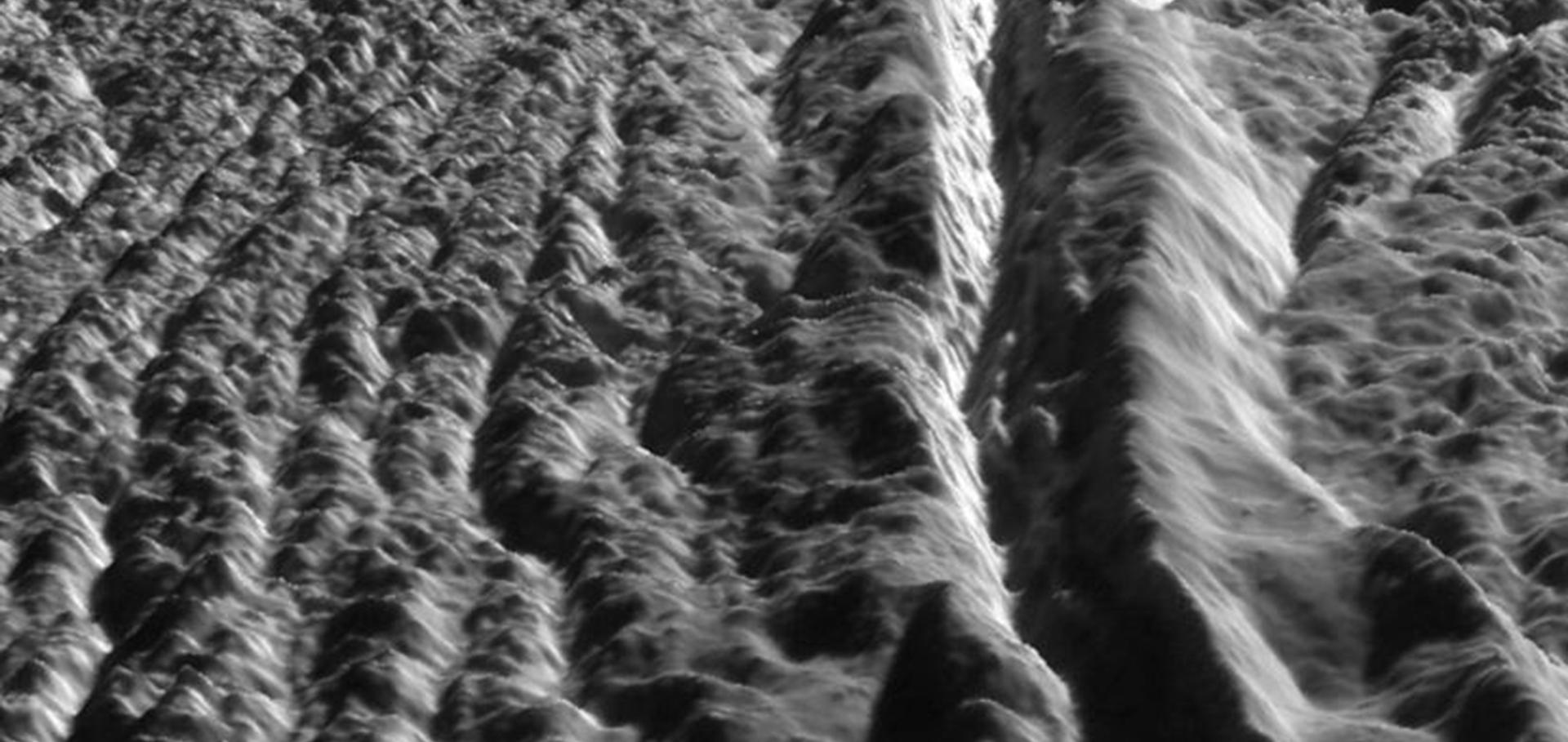L’Ralph: A Visible/Infrared Spectral Imager for the Lucy Mission to the Trojans
Space Science Reviews Springer Nature 219:8 (2023) 69
Origin and Evolution of Enceladus’s Tidal Dissipation
Space Science Reviews Springer Nature 219:7 (2023) 57
Bolometric Hemispherical Albedo Map of Pluto from New Horizons Observations
The Planetary Science Journal American Astronomical Society 4:7 (2023) 132
Helene's surface properties from a photometric multi-wavelength analysis
Icarus Elsevier 392 (2022) 115376
Abstract:
On January 31, 2011, the remote-sensing instruments onboard the Cassini spacecraft (UVIS (Ultraviolet Imaging Spectrograph; ISS (Imaging Science Subsystem); VIMS (Visual and Infrared Mapping Spectrometer) and CIRS (Composite Infrared Spectrometer)) observed Helene, Dione's leading Lagrangian moon. We report here on the photometric characteristics of Helene between 0.11 μm and 5.2 μm. We find that Helene's spectrum is dominated by the signature of water-ice and we retrieve a grain size of 3.4 μm in the ultraviolet. At all wavelengths, Helene shows signs of being a relatively fresh surface less affected by space weathering effects than other observed surfaces in the Saturn system. We present the first phase curve of Helene at 0.61 μm and place our ultraviolet and near-IR results in a wider spectral context toward a better understanding of Helene's surface evolution. Previous studies suggested that either a recent impact on Helene or an asymmetric flux of E-ring particles could explain the satellite high surface brightness (Hedman et al., 2020). Results from this study favor the impactor hypothesis to explain Helene's photometric behavior.Constraining Enceladus' heat flow between its tiger stripes
Copernicus Publications (2022)

